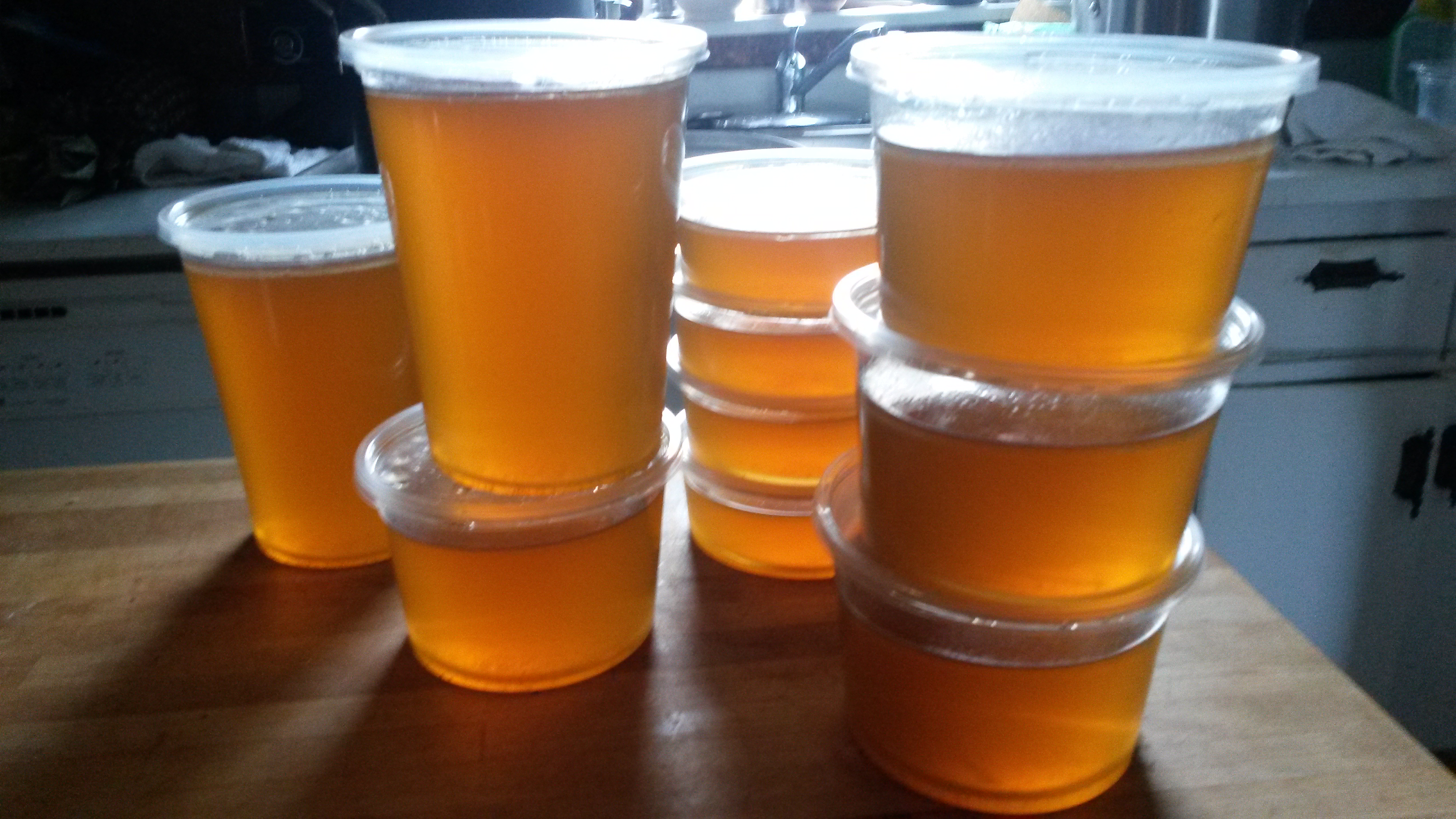The Pacific Northwest is not citrus country. I’m going to use that as my excuse for gradually forgetting about lemons. The lemons at my local supermarket tend to be lousy: underripe and rock hard or dry, leathery, and tired. At nearly $2 a pop, they are rarely a temptation…until now.
Earlier this month, I went to LA for a conference and skipped classes on Sunday morning to explore the Hollywood Farmer’s Market. It was citrus heaven. I fondled tiny tangerines, compared the heft of orange varieties, and practically snorted the grapefruit. The aromas, samples, and prices were outstanding. I devoured what I could on site, and managed some remarkable restraint by limiting my purchases to only what I could carry in my purse. The idea that citrus, pomegranates, and avocados can actually grow in backyards instills in me a wonder that I suppose visitors to this region feel about our pears and cherries left for the birds.
So, after ignoring lemons for years, they are back on my radar. The last few nights I’ve made pan sauces that featured lemon. My trip to California reminded me that, as with any fresh produce, you need to enjoy lemons when they are in season. I don’t buy pale supermarket berries or rock hard tomatoes because I know what a disappointment they will be in comparison to the “real” thing. So why do I expect lemons to be good all year round? When the lemons at the store don’t have the aroma and flavor of tree-ripened fruit, the juice will add sharpness and a smidge of aroma, but rarely sweetness, nuance, or depth. When I want complicated acidity I reach for an interesting vinegar, or sometimes limes, because they tend to be more consistent, especially at the Asian and Mexican markets. And speaking of seasonal produce, It’s time to take a lunch break, microwave a big plateful of the Yakima asparagus I scored at a farm stand and instead of my standard drizzle of balsamic, today I will douse it with a whole lot of good fresh lemon.
Chicken Picatta – Pounded Chicken Breasts with Lemon
This is one of those recipes that every cook should know. It is simple, quick and almost universally pleasing. Traditionally veal (or chicken) picatta is made with just lemon and parsley as flavorings, but capers have become a recognized addition. Omitting the flour/dredging step is also an option, but the sauce will be thinner, so reduce the chicken stock to ¼ cup. The flour also gives the exterior of the chicken a slightly silky texture.
Serves 2 to 4
1 – 1 1/2 lbs/ 450-675 g chicken breasts, sliced horizontally and pounded into scaloppini
1/4 cup all-purpose flour or finely ground rice flour
Kosher salt and freshly ground black pepper
2 tablespoons heat tolerant oil such as canola, sunflower, light olive oil or clarified butter
1/2 cup chicken stock
4 thin slices fresh lemon
2 tablespoons freshly squeezed lemon juice
Pinch of red chile flakes (optional)
3 tablespoons cold, unsalted butter cut into cubes the size of a grape
2 tablespoons chopped fresh parsley
2 tablespoons drained capers
Additional kosher salt and freshly ground black pepper to taste
Season the chicken scaloppini with salt and pepper.
Put the flour on a plate or shallow bowl. Dredge the chicken in the flour and pat to remove the excess.
Heat a large skillet or sauté pan over medium high heat. When the pan is hot, add the oil and swirl gently until it coats the bottom of the pan. Arrange the chicken breasts in the pan so they have at least 1/2 “/1.25 cm between each piece. They should sizzle the moment they touch the hot oil. If there is not enough room in the pan for all of the meat, cook the chicken in batches, wiping the pan clean and starting with fresh oil if the residue seems burnt.
Sear the chicken until it is brown on all sides, about 4 minutes. The residue in the bottom of the pan should be brown but not burnt. Pour on the chicken stock and swirl the chicken pieces so all of the flavorful brown residue dissolves into the stock. Add the lemon slices, lemon juice, capers and chile flakes if using. Simmer, flipping the pieces of chicken often until they are just cooked through. The USDA suggested internal temperature is 165° F/ 74° C. Lift the chicken from the pan and place on a platter or individual serving plates. Gradually whisk the butter into the hot sauce a few pieces at a time. Finish the sauce with chopped parsley, salt, and pepper to taste. It is meant to be very tangy.
Spoon the sauce over the chicken and serve immediately.


